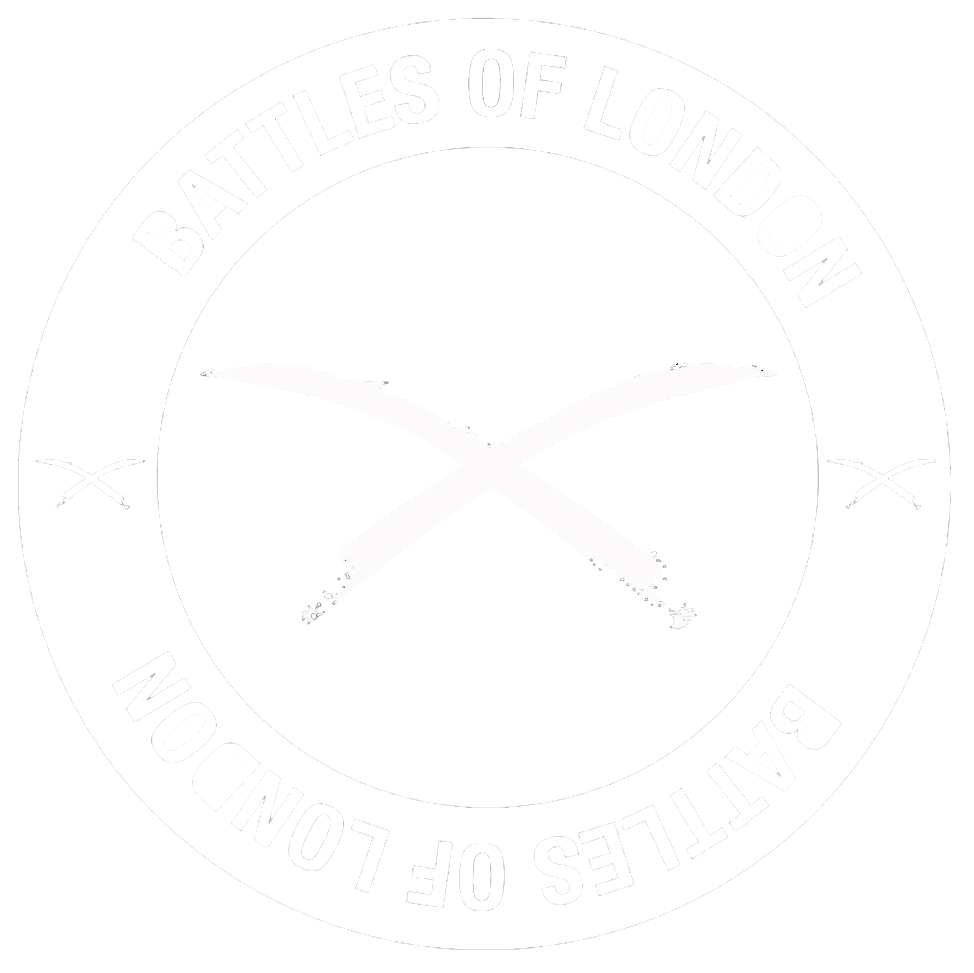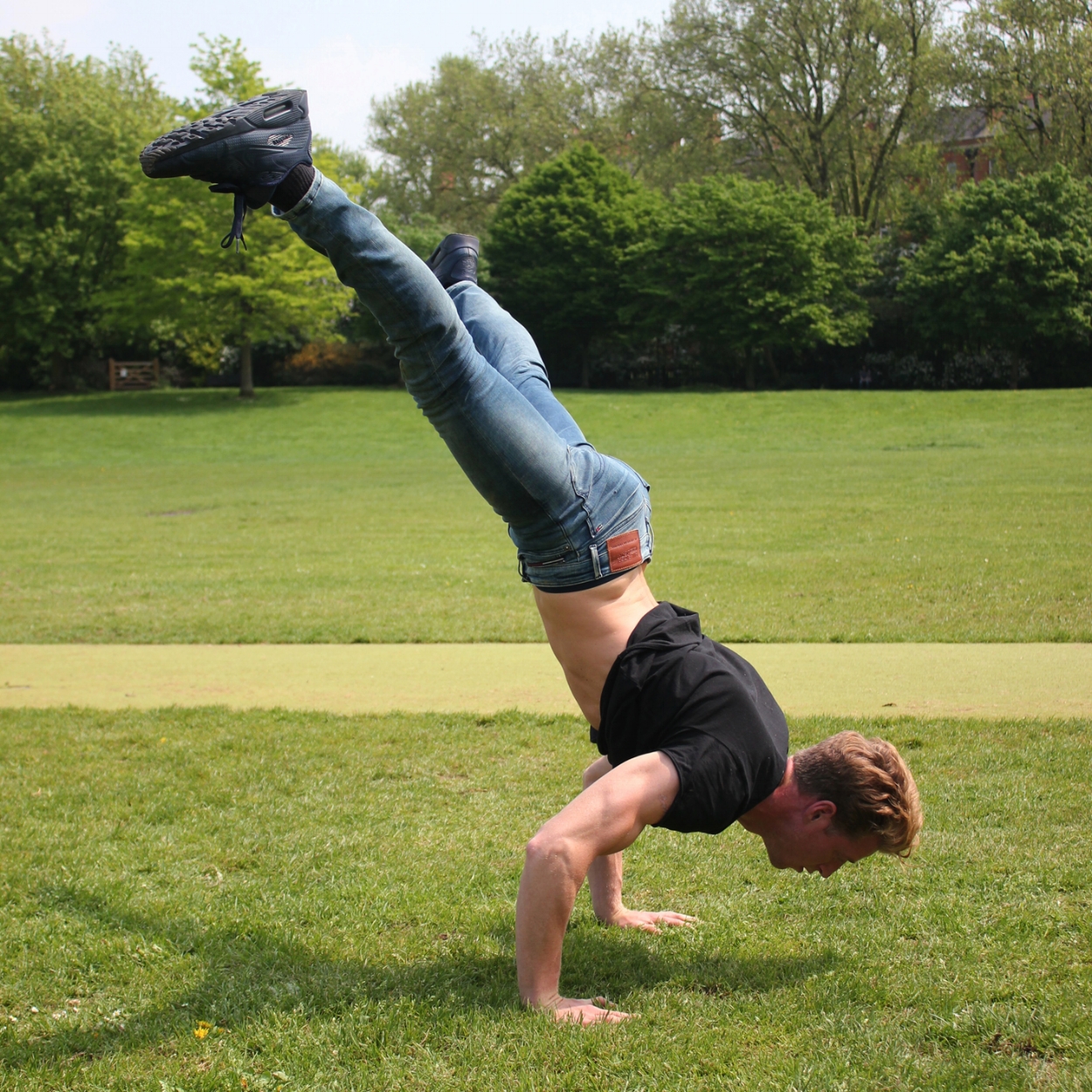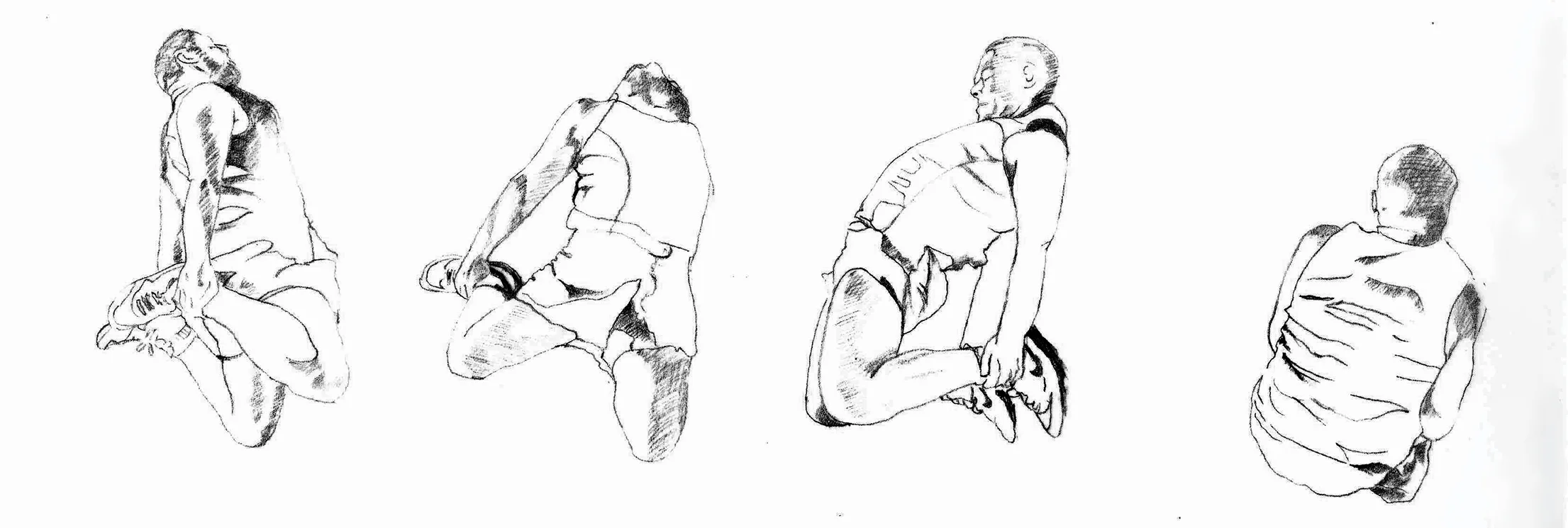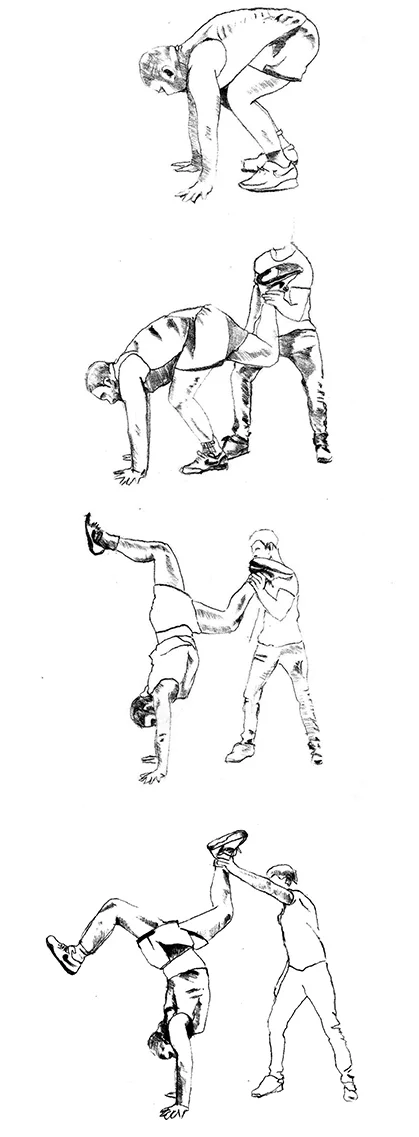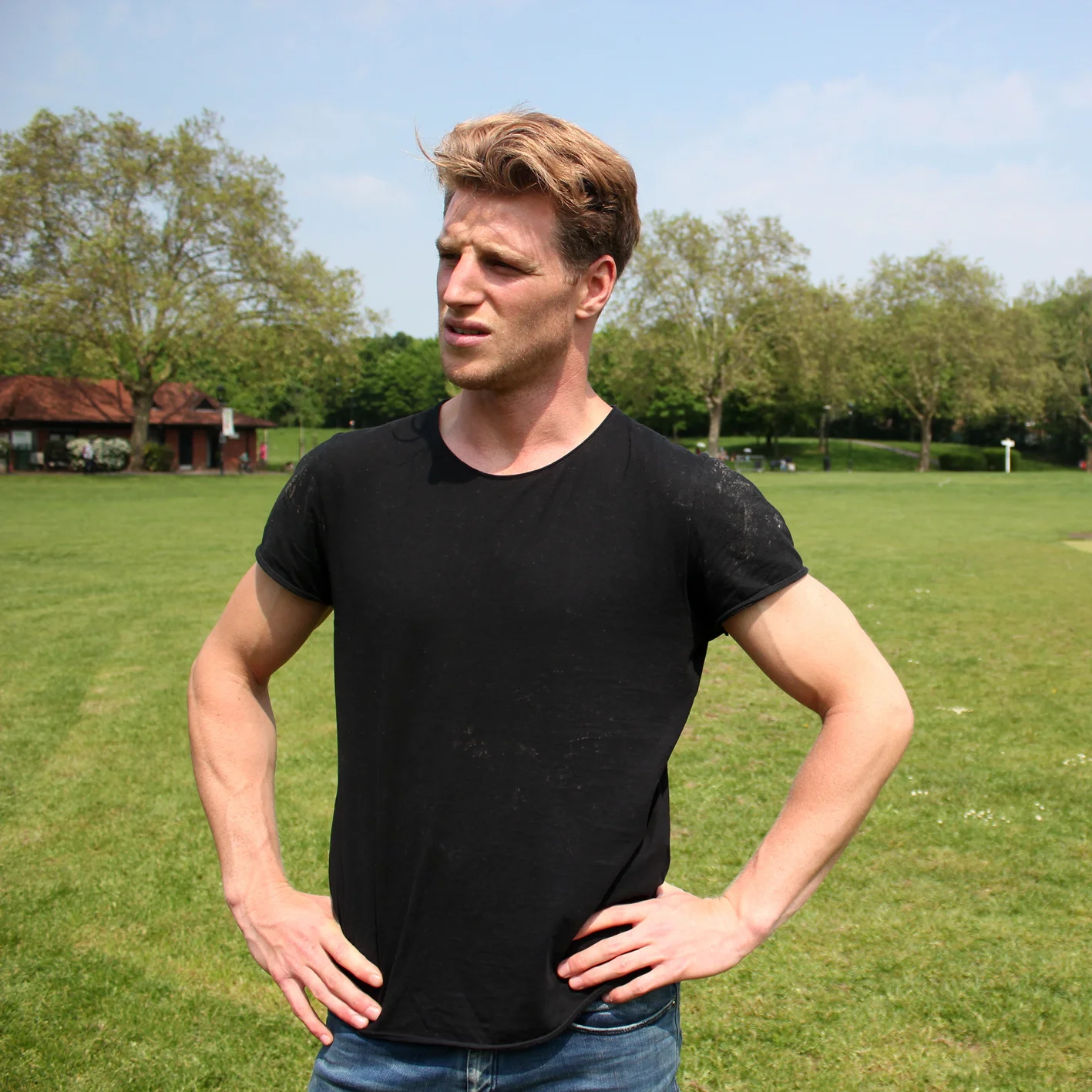MOVE IT
Thanks to exotic guru Ido Portal’s work with Conor McGregor, movement coaching is the martial arts training trend du jour. Celebrated London trainer Roger Frampton demonstrates three drills – no man bun necessary…
“In terms of what humans are capable of, fitness culture is very basic,” says TED talk veteran, male model and movement coach Roger Frampton. “We never thought anyone would run a mile in four minutes. Now people run faster every year. One day we’ll fly.”
Movement training has been trailblazed by coaches like Ido Portal – seen in the video below throwing playing cards at Conor McGregor in preparation for his fight with Floyd Mayweather – and Erwan Le Corré, best known for his work with Carlos Condit. It looks like a combination of funky Afro-Brazilian martial art capoeira, gymnastics, breakdancing, and the traditional children’s games derived from historic military exercises.
Movement training has caught on in MMA’s highest levels as it encourages flexibility, spontaneity, spatial awareness and silky footwork, while building muscle and core strength in particular. ‘The Frampton Method’ is Roger’s own interpretation of movement culture.
“It’s a ‘spine before heart’ philosophy,” he explains, “fitness monitors the heart, and if you focus too much on intense training the spine can suffer. I call it ‘consciousness’, like mindfulness meets stretching and positions. Most exercise is unconscious, whereas I like to work on conscious control of the body. When a stretch is uncomfortable your body might say, ‘come out of this position’ but it’s consciousness that keeps you there.”
The Frampton Method is designed to be a learning process and can be practiced alone, says Roger. Here’s a few basic drills to get you moving.
Shoulder Roll
Start in a low squat. Roll backwards onto your spine, Rather than roll over your head, do so over either shoulder. As you roll over the shoulder straighten out the legs as your body comes back down to earth in something similar to a press-up position. Let your toes touch the ground first and support you along with your hands so your midsection doesn't touch the ground. The more graceful and controlled, the better.
Tumble
Lie on your front. Reach back, elevating the chest and ribs, and grab the front of each ankle with each respective hand. Now roll completely over either left or right without changing your form until you find yourself face up. On the other side you will find yourself in a low bridge position. Pop your hip ‘out and up’ slightly if you need a little help turning over. Keep tumbling left or right, changing direction at your leisure.
Handstand Practice
You will need a movement buddy for this one.
To build up to a full, unsupported, handstand first try bridging backwards. This will help you learn how to support yourself with straight arms.
Start by finding a wall or edged surface of around one-and-a-half to three feet tall. Place your palms down by your ears or slightly wider, with fingers facing towards your feet.
Have your movement buddy help you elevate your body by providing support to your hips. This will test if you can fully support your bodyweight with straight arms.
The second movement for the handstand involves working with your back to the wall. Your hands start in exactly the same position as the bridge – only this time, start on all fours.
Get your movement buddy to support one foot in the air. Learn to roll your spine up so your hips are right above your shoulders, keeping your arms straight the whole time.
If you now took both feet to the wall, you’d find yourself back in the feet elevated bridge described above.
But this time, once you feel comfortable, the next step is to take one leg to the bridge position and try to use your core strength to stabilise the other leg, bringing it gradually up and away from your movement buddy’s hand.
The point in-between the elevated bridge and the supporting position your movement buddy has you in, is the handstand.
Roger’s website: roger.coach Instagram: @rogerframpton YouTube: Roger Frampton
Roger's new book featuring literally hundreds of new movements that can easily be done at home will be released later this year. Sign up for his newsletter to receive the latest details.
Illustrations and photography by Justine Dellaway
